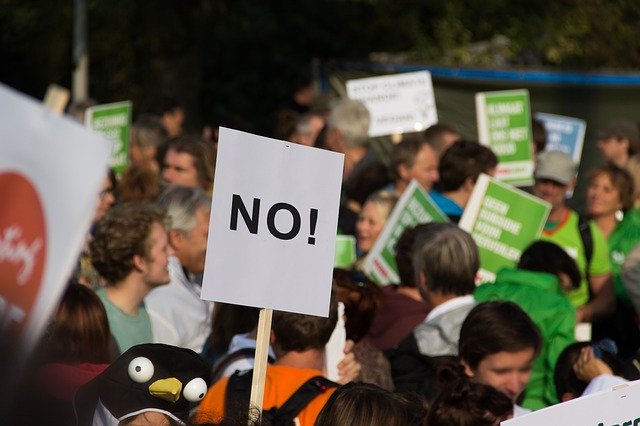
In previous posts I explained that the brain is geared to seek reward and avoid threat, and the threat response is both stronger and lasts longer.
The amygdala (the part of the brain responsible for initiating the fight-flight-freeze response) is very sensitive and triggered easily. The trouble is, the brain can’t tell the difference between a genuine life-threatening situation and something more benign. These days, we’re pretty safe from most natural predators. But humans evolved to be social creatures and belonging to a group is important to us. We’re more likely to have the threat response triggered in social situations – being put down in a meeting, for example, or someone offering to give us ‘feedback’.
Fairness
We’re finely attuned to when things are ‘fair’ – if we feel we are being treated differently to other people in the group. When we perceive things to be unfair, there is a strong reaction in the limbic system. (And conversely, dopamine is released if we feel something is ‘fair’). Take a look at this 3-minute video to see how our cousins (monkeys) behave when things aren’t fair:
The monkey was keenly aware he wasn’t being paid the same as the other monkey and reacted accordingly! So just think how this plays out in organisations. And you wonder why the gender pay gap makes women angry?
And at times of organisational change, there’s plenty of opportunity for situations to arise that employees may deem as ‘unfair’. Why did that person get the job and not me? Why am I being laid off or demoted? Why can’t I have the desk next to the window? It’s incredibly important to ensure processes are fair and objective, to explain how decisions were made, and to enable conversations to be had when things are perceived as unfair.